Steve Ripley, at the time, the co-owner of The Church Studio, had a vision of a band he’d been creating in his mind and through his work for some time. Essentially, by the early 90s, Ripley was about to unleash a lifetime of creative experience. The musicians he was recording with were associated with The Tulsa Sound, which was gaining popularity around the world.
I always liked Tulsa music for its no-compromise attitude, as if the musicians were making it just for themselves, without regard to what other people would think of it.
– Eric Clapton
Preston Jones nailed in beautifully in his Mad Songs & Oklahomans: The Tulsa Sound series, “Situated at a musical crossroads between the twang of Texas country and brooding Chicago blues and filtered through its own distinct sensibility, Tulsa birthed a signature sonic style of feeling, texture, and tone that still resonates decades later.”
Ripley had been working on The Tractors concept for years, and it was beginning to take shape. Tim Dubois of Arista Nashville sent him $1,000 in 1990 to record song demos (around the same time Ronnie Dunn was recording demos at the Church and sending them to Dubois).
It took a while to complete those songs. But when they were ready, Ripley sent DuBois several packages over the course of a few weeks. Each package contained a map, starting in Tulsa with a little tractor inching closer to Nashville in each mailing. Finally, Ripley sent a creative marketing bundle and a four-song sample on a cassette to Tim. DuBois remarked, “It wasn’t really country, but it was absolutely great.” Ripley had composed the music and created the marketing package, and he had even included a one-of-a-kind Owner’s Manual with the tapes. Few record labels could have refused The Tractor’s unique new brand of music with those kinds of resources.
In 1991, they signed and worked out an agreement to record at The Church Studio. Ripley requested that then-Arista President Clive Davis sign the contract at that time. “I don’t do this anymore, but I have high expectations for The Tractors,” he said, adding a personal note to Steve.
Ripley decided to remodel and upgrade the studio after signing the new record contract. He sold the studio’s original MCI console and tape machine, which was in the building when it was purchased. He upgraded to a Studer 24 track tape machine and a wonderful vintage Neve 8068 console that he purchased from New York’s famed Power Station Studio. Steve later sold that console to Grammy award engineer Bob Clearmountain who had cut albums such as Bruce Springsteen’s The River on that very console at the Power Station.
Steve’s son, Elvis Ripley, described the state of the studio at that time:
“Leon had built these walls inside the main control room, and it was so cramped, and it was very different than what my dad turned it into. He opened it up, tore out all the walls that Leon and everyone had built and took it back to the brick. The control room was opened, it finally felt like his kind of place – a great open room and room to experiment in there.”
He started working in earnest on what would become the first Tractors record. A lot of it was piecemeal and some of it was with a crowd. Van Beek told me, “It was usually a one-on-one thing with Steve and I at the studio. He’d have his and other parts already done. I’d come into the studio and play bass. He was really easy to work with. It was a breeze!”
As Ripley explained to Willie G. Moseley:
I paid attention to what I call the J.J. Cale-Leon Russell school of recording. We tend to make records just like Cale did. Since most of the playing is done by one person at a time, you don’t need to worry about the drum sound, or the headphone mix when you stick the mic back and record his first take. Building a record while winging it is a part of it. But a big part of it also has to do with shuffle and western swing; Bob Wills’ Stay All Night, Stay A Little Longer. The Wills guys called it the ‘two-beat.’ Slow that down, and pretty soon you’ve got ‘Crazy Mama’ [a Cale-penned tune] … And I think that culturally it had to do with being in the middle of America, with influences coming from all directions, a real melting pot.
The album came together through bits and pieces and numerous recording sessions. Ripley claimed he didn’t like co-writing songs, but he and Richmond did just that on Baby Likes to Rock It when keyboard player and co-producer Richmond was in town on breaks from touring with Bonnie Raitt.
A childhood friend taught Ripley the term verisimilitude, which means the appearance of being true or real, and it left an indelible impression on him. As a result, he literally found the words to Baby Likes to Rock It by combining lines from visuals in the studio. Back then, when working in the studio, the only late-night TV shows were evangelists like Jimmy Swaggart. Ripley was obviously a fan of Swaggart’s cousin Jerry Lee Lewis, which is why the lyrics “Jimmy’s on the TV, Killer’s on the stereo” were included in the song.
Guest artists on The Tractors’ debut album included Bonnie Raitt, JJ Cale, Ry Cooder, and Leon Russell. Ripley enlisted some of his musical heroes, according to Charlene – like master of the telecaster and Elvis Presley sideman, James Burton. The guitarist and arranger, Eldon Shamblin, and Curly Lewis, a well-known fiddler and singer, are both from the Bob and Johnnie Lee Wills era. Another Oklahoman, drummer Jim Keltner, worked with Ripley on the Roy Clark and Gatemouth Brown album and also in the Bob Dylan band appeared (Cale, Cooder and Keltner were recorded at Ocean Way Studios in Hollywood).
Besides their recording style, another distinctive characteristic of Ripley and The Tractors is that they loved listening to vintage one-mic records. They frequently used the same method of recording, possibly using two or three mics, but Ripley insisted that the sound come from the room, the air, or a musician’s placement in the room.
The boisterous Tulsa Shuffle Revisited is an example of a crowd recording – where Ripley had at least fourteen people in the room at once. His nonsense syllables, the group’s Oklahoma twang, and laughter were all captured on a single microphone. The rousing instrumental chorus began with Ripley singing “And this am the way it goes, 2, 3, 4,” which was followed by a powerful blast of horns and a bawdy bar room piano. Charlene said, “It was a really cool thing to witness, with almost all the Tulsa Sound together. I think there are over 25 Tulsa guitar players on that one and at least 5 drummers! My mom was recorded speaking about her bean recipe. Put your headphones on and listen to it loud!” Fats Kaplin, a multi-instrumentalist from Nashville who would become an important part of Ripley’s musical collaborators, explained to me recently that “Steve was very strategic about how he wanted those songs to sound and would mix old radio voices, cartoon music, jokes, conversations, and other things in later.”
Art director Maude Gilman was one of the Arista Records team members with whom Ripley quickly connected. She guided him in creating all of the album’s artwork. “This was before computers,” Charlene mentioned, “and Steve did the artwork. He wrote by hand, and used transparencies and photos. Walt took many of the photographs that were used. He had a darkroom in the basement of The Church. It was time-consuming, but Steve knew what he wanted and was inventive enough to achieve it. One of our kids’ favorite photos of us is Steve and I working on the artwork layout in the studio basement.” It was a thrilling time, and his sense of humor shines through in both the music and the artwork. Ripley’s artwork and Maude’s influence also made a huge impact on Ripley’s children. As a child Angelene played Hammond organ and sang on her dad’s recordings. That led her to pursue a degree in art. She is now the owner of the successful Ida Red local art and gift shops in Tulsa. Son Elvis played guitar and discovered his interest in film, which he does professionally now.
The making of the album and music video had a huge impact on the entire Ripley family. Elvis, who is an Emmy Award-winning Tulsa filmmaker, told me that his father, the studio, new technologies, and a trip to Los Angeles sparked some of his interest in technology and cinema. “We traveled to Los Angeles to film the Baby Likes to Rock It video. I was in it and watched the process happen. This was probably the start of my interest in filmmaking. I even got to shoot a little bit in the alleyway and see what that was like. My shot isn’t in the video, but it was good to see the difference. I wish we had been around earlier to see the train set being built. When we arrived, it was all set up and ready to go in this big warehouse.”
Finally, on August 2, 1994, the first record was released – and not in a normal fashion. It was spectacular. The album, the single Baby Likes to Rock It, and the music video were all three released on the same day. It was unheard of then and even now.
The Ripley family and a few friends drove to Circuit City in south Tulsa to watch the music video on multiple TV screens. Charlene remembers, “We’d been in the video while it was being made, so we were all very excited. Steve was proud but calm and cool. Country Music Television (CMT) started Alan Jackson’s video, Chattahoochee, and it suddenly came to a stop.” Angelene wrote about it twenty years later, “CMT did a promotion where they started to play an Alan Jackson video but then interrupted it to play The Tractors video. It [the screen] said The Tractors Are Coming and they played the video three times in a row, which is unheard of! I was only 12 years old, but it was so overwhelming and exciting. Everything changed after that… It’s not like me to toot my own horn, but I’m pretty dang proud of my dad and how much hard work he put into his music.”
The video’s energetic and raucous scenes were entertaining, and the sound was brand new. Charlene said, “Some customers in the store noticed what was going on and gathered around us, saying, ‘He’s right there – it’s him.'” Ripley’s years of hard work toward his dream of The Tractors were culminating in front of him at Circuit City, surrounded by screens, family, and a growing crowd. Unknown to them at the time, Baby Likes to Rock It would win CMA 1995 Video of the Year.
On October 5th, two months later, The Tractors performed on the Country Music Association award show, which was unprecedented for a previously unknown band that had not been nominated for anything. Walter Miller, the CMA show producer, had quickly become a fan and invited them to perform. Even so, they weren’t performing live together – Ripley explained that they were “singing to the track, so it wasn’t really like we were playing live.” Some people weren’t sure about their apparent overnight success. Other record labels were perplexed as to why The Tractors had appeared. This fortunate event, however, helped propel them to fame.
By the end of October, the debut album sold ½ million copies, by November – a million, and two million a year later. Eventually, The Tractors, which is still the best-selling record ever recorded in Oklahoma, sold over two million copies. The album’s lead track, Baby Likes to Rock It, won Country Music Association Television’s Video of the Year, while two of the album’s hits garnered Grammy nominations. It was the fastest-selling album by a country group debut to ever go platinum and double platinum!
Radio had the single in heavy rotation and it became a stunning hit. Every week the Ripleys would receive a fax with rocketing sales numbers. According to Charlene, “Arista was very happy! This was before computers, so everything was done by phone calls and faxes. Every week we’d get faxes from the marketing department.” Arista originally projected 50,000 in sales but it became 2 million. It far exceeded Arista’s projections and I think a few people got some hefty bonuses. It was lucky to take place at that specific time because people bought the whole album, not just a song.” There was no such thing as downloading or streaming back then.
Those faxes were sent by Linda Engbrenghof who was Regional Sales and Marketing Director at Arista at the time. “The success of the album was pure delight!” she recently told me. “Our label was small, and most of us were within yards of one another [in the office], so the delight quickly filled our office space. I recall everyone’s deep joy and relief that not every piece of music released by a country music label had to be tailored specifically for country music in order to be successful. As a label, it certainly broadened our horizons. Everyone in the country music industry adored and supported The Tractors. Many people in sales and radio went above and beyond their comfort zones to make The Tractors a success.”
Many types of promotions were happening. The Church Studio was host to over 100 influencers flown in from around the country for a listening party sponsored by Arista Records. The party was a way for Arista to introduce their newly signed act, The Tractors, and for everyone to get a little taste of what makes Tulsa great. The guests were served traditional Oklahoma fare such as barbecue and okra and given swag such as custom Tractors CD crates and toy tractors.
A highlight of the party was a clip shot at The Church Studio shown to guests. Ripley explained where their sound came from in the video, “Everything just converges on Tulsa. We’re this middle point where everything from the North comes in and the things from the South comes in and it mixes in and makes tornadoes. That’s the music, it’s just coming from everywhere.”
The Church Studio quickly became The Tractors’ headquarters, with a fan club established upstairs in what LeonRussell had renovated into the “Family Room.” Marilyn Hall, Charlene’s friend, stepped in to manage the fan club’s rapidly growing membership. Jarrod Gollihare worked on the layout for their quarterly newsletter. Fans could leave a message by calling 1-800-SHUFFLE. “At the time, AT&T had a feature called Call-Notes that allowed you to receive a maximum of 30 messages,” Charlene explained. “It was a full-time job collecting and clearing out those messages from fans!”
Charlene Ripley, who signed checks, brought meals in for the artists, and acted as Ripley’s closest confidante, was another powerful force that kept the studio running. All the musicians I spoke with stressed how she was constantly present and how she and Steve were a solid pair who frequently collaborated. Casey Van Beek said, “Charlene was the office.” Elvis and Angelene, their children, spent a lot of time at the studio; they even had birthday celebrations and school outings there. Elvis recalled his class recorded a song there. The Ripleys revolved their lives around The Church Studio, as they had always done everything together wherever they went. The Church became the Ripley’s second home.
The Tractors were nominated for a Grammy in 1994 for Best Country Performance by a Duo or Group with Vocal. Baby Likes to Rock It was named Country Jukebox Single of the Year and the 1994 Most Danceable Song. Line dancers were boogying to The Tractors in honkytonks and festivals everywhere. People are still dancing to this Tulsa Sound hit today.
David Gates, the leader of Bread and an Oklahoma musician responsible for helping to create the Tulsa Sound, explained how The Tractors embodied the sound:
The greatest epitome of the Tulsa tight shuffle, as I call it, was that huge Tractors hit of a few years ago, Baby Likes to Rock It…. If you examine the rhythm of that record, it’s what we were doing in Tulsa clubs and even today. When I get around California musicians and East Coast musicians, it’s hard for them to grasp this tight shuffle. But it became the foundation of the Tulsa Sound. When we played, we would imitate certain shuffles and certain straight-eight things, but we had this little groove of our own. I think they call it the Tulsa Sound, but there’s more to it than that. The straight-eight beat is all eighth notes, as in Chuck Berry’s Johnny B. Goode, while a shuffle beat is ‘a dotted eighth and a sixteenth,’ as in Berry’s Sweet Little Sixteen.
The way the Tulsa guys shuffled is that we tightened it up and interpreted it slightly different. Baby Likes to Rock It is a tighter groove. It’s between the straight-eights and the shuffle, and that’s what (non-Tulsa) people have a hard time playing. If you listen to that record and ‘Sweet Little Sixteen,’ you’ll hear the difference.

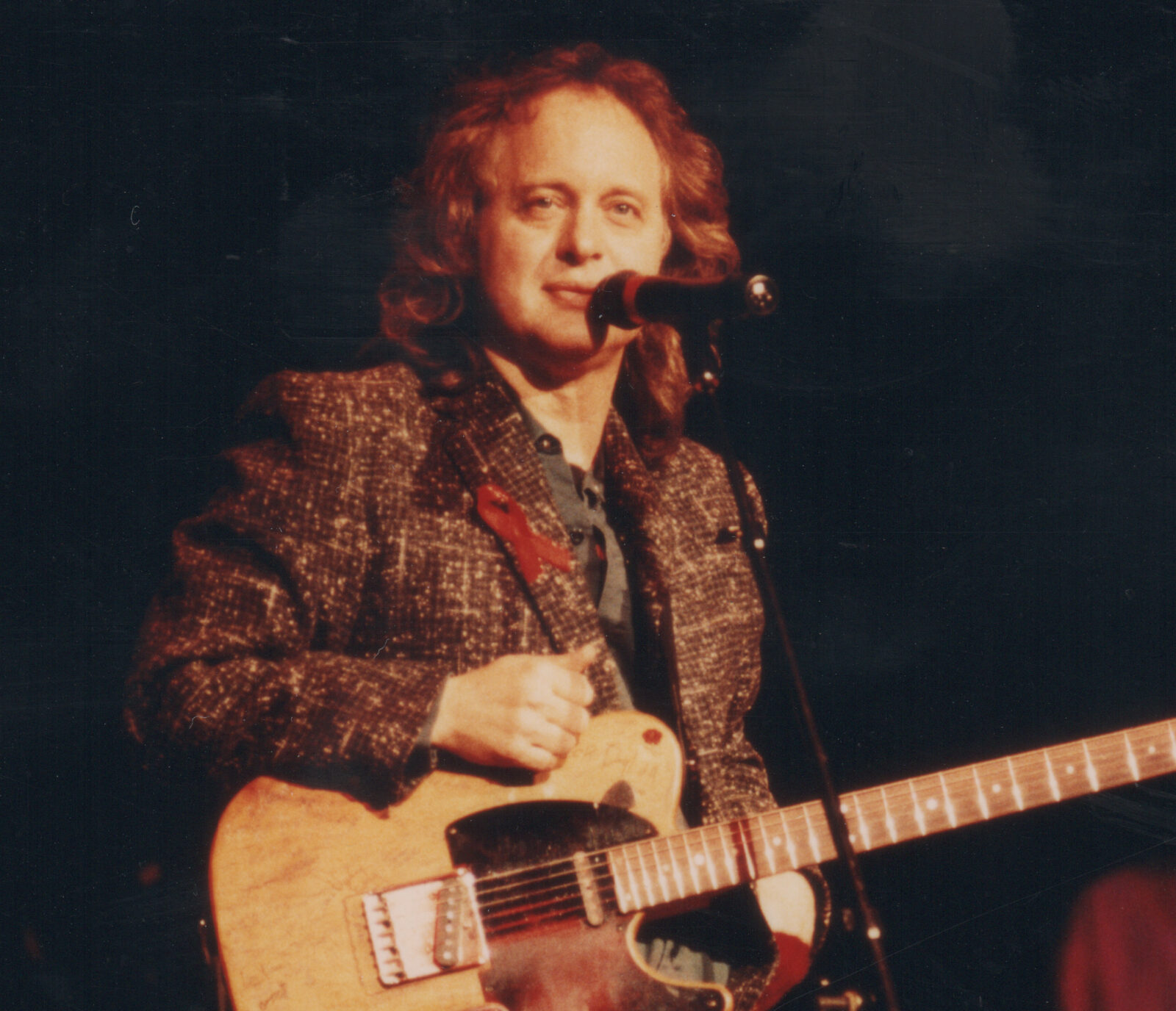
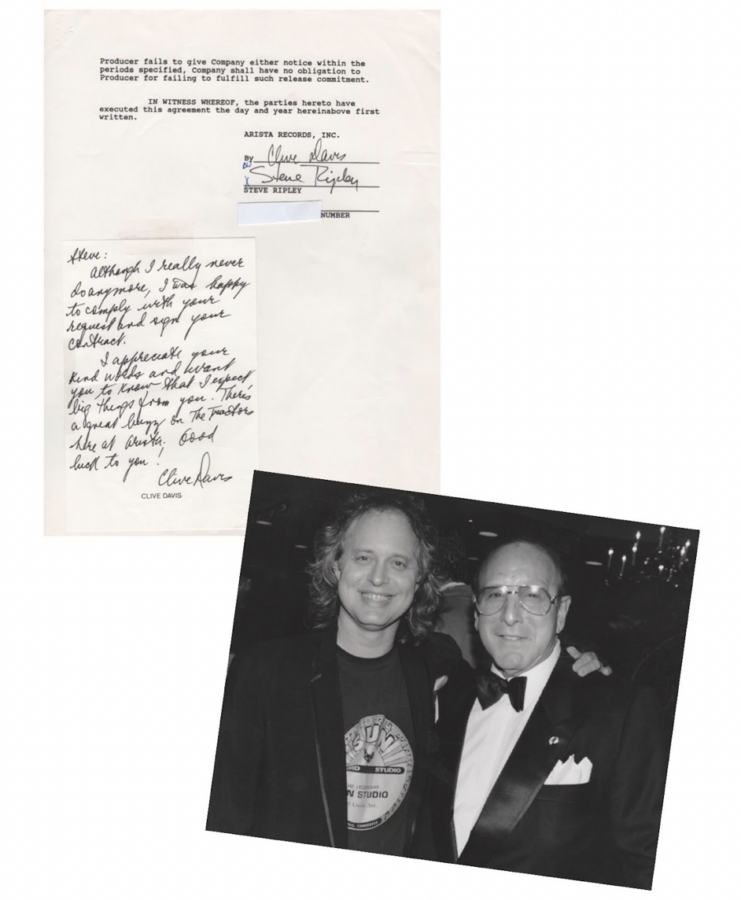
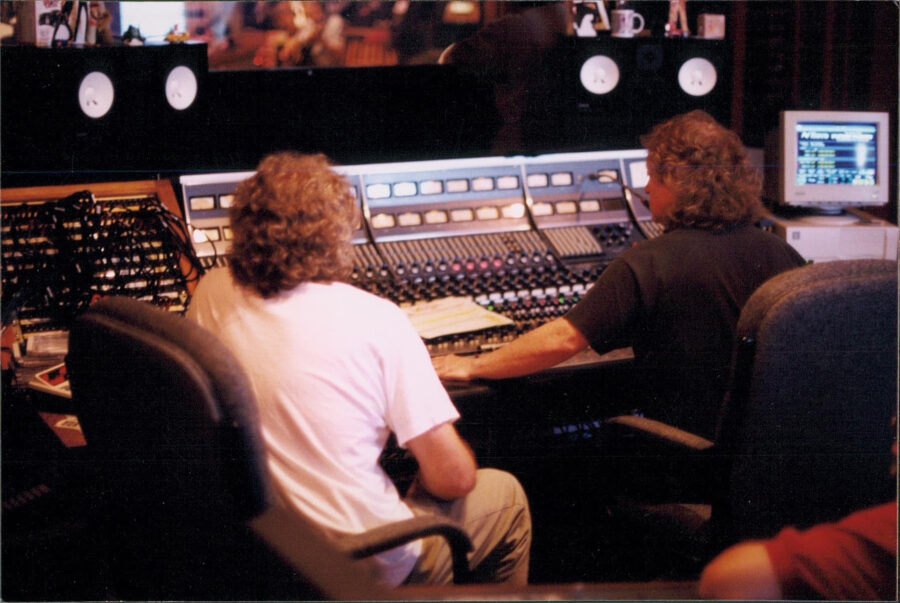
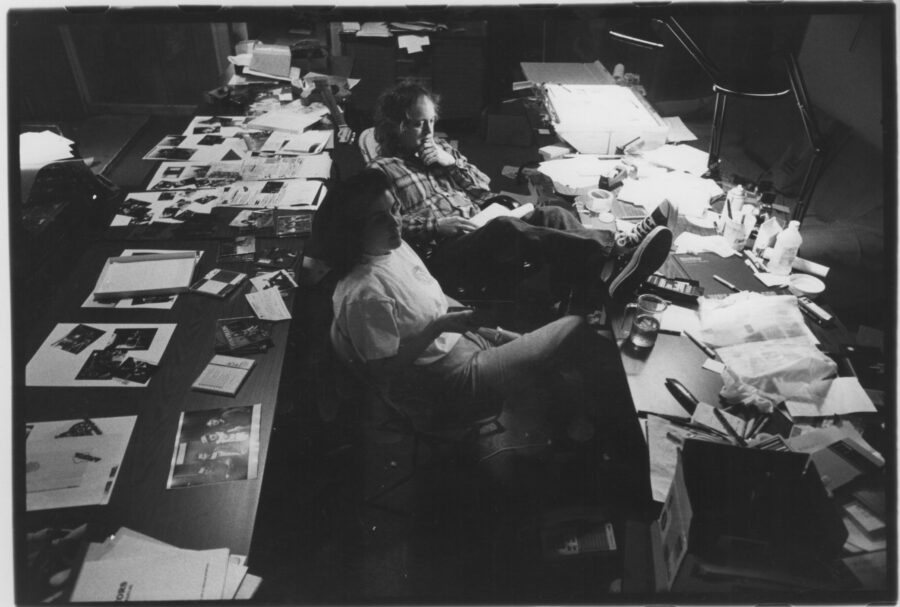
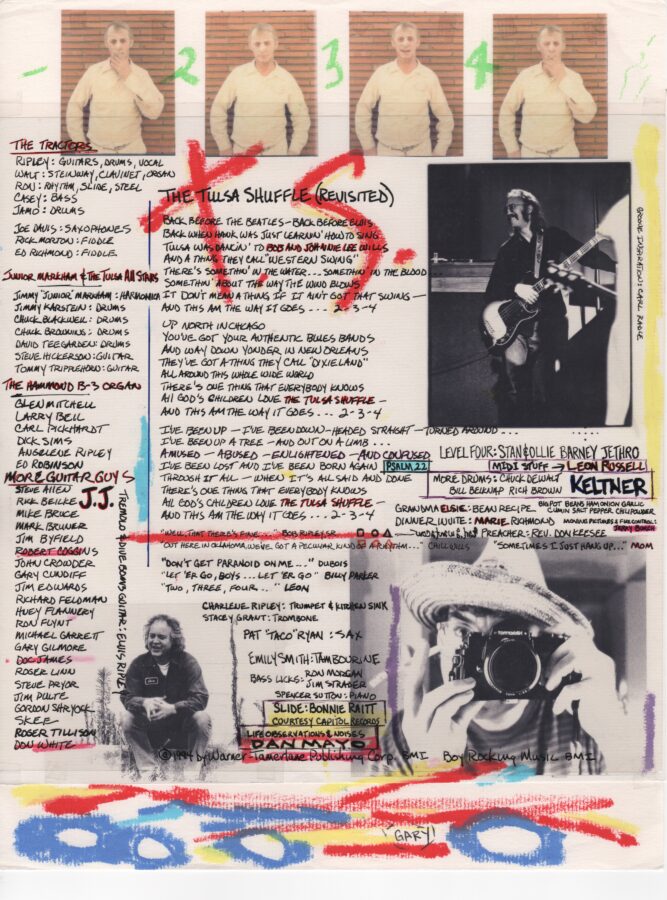
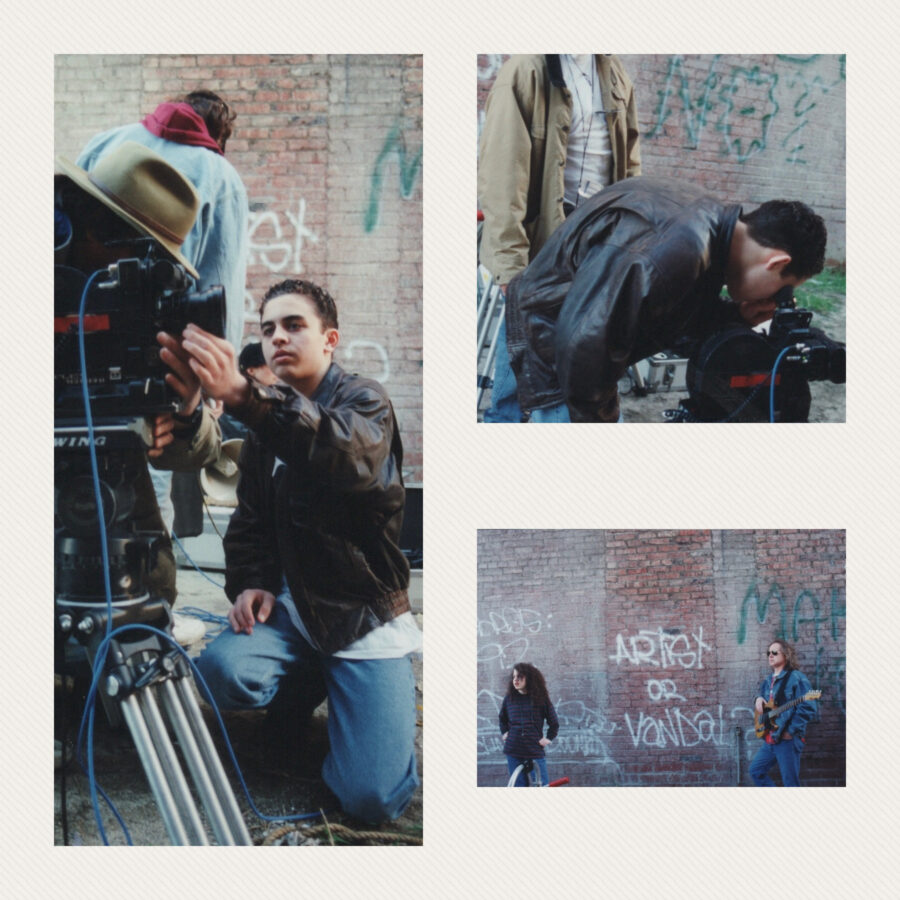
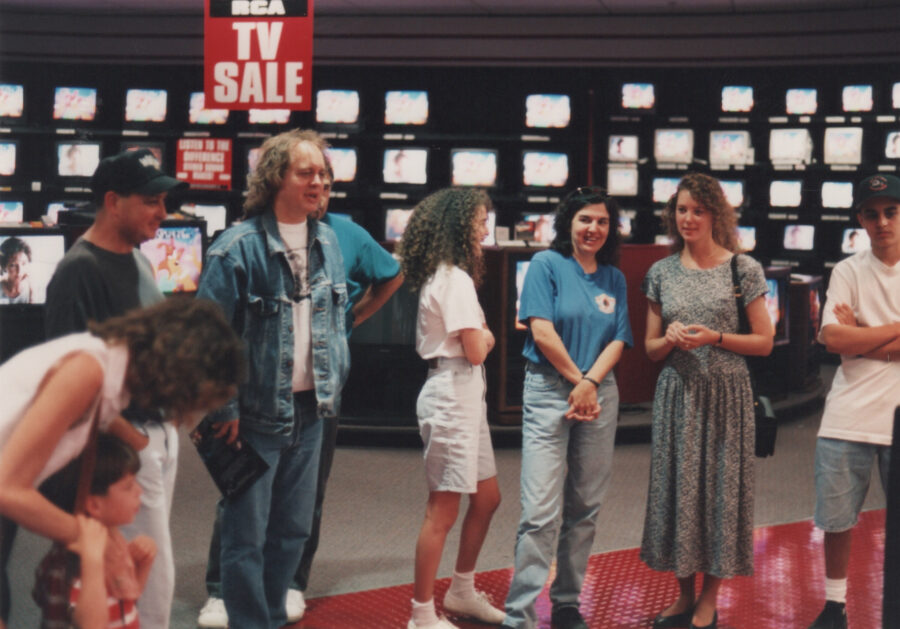
1 Comments
Very nice and informative article….I miss the Tractors and Mr. Ripley and my other friends from Pawnee /Stillwater and surrounding area….Played the Christmas CD many times these past few weeks, its great too….